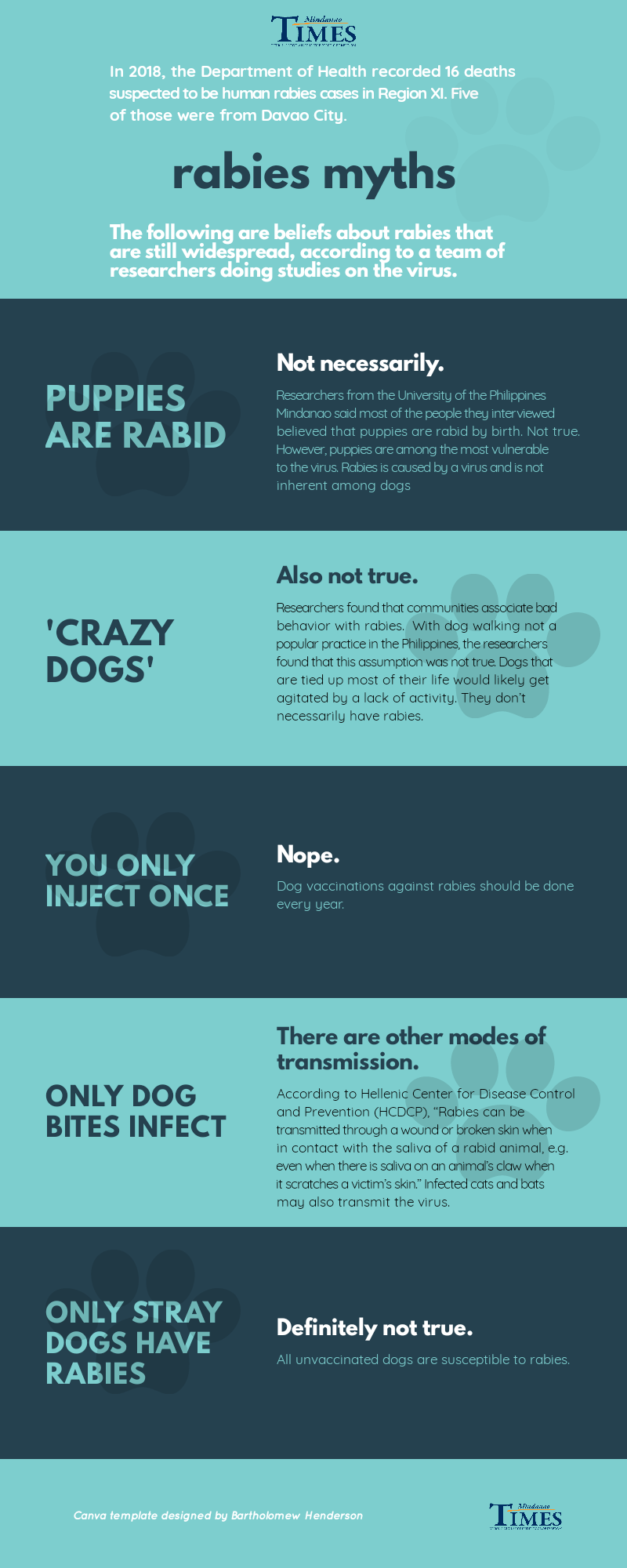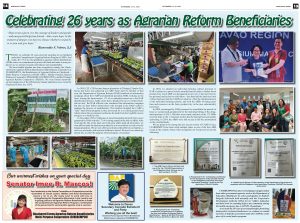While we know that there are at least 1.5 million residents here, Davao City has no idea how many dogs there are in the city according to researchers working on studies about the virus. And so, the project of rabies prevention is not only difficult, it has too many factors to consider.
For one, there is nothing compelling dog owners here to register their pets, unless these dog owners go for barangay-level vaccinations. While the Anti-Rabies Act of 2007 is clear, the city is also ambivalent about wandering dogs.
This despite section 9 of the law saying “stray or unvaccinated dogs shall be impounded and kept in the LGU’s designated dog pound.”
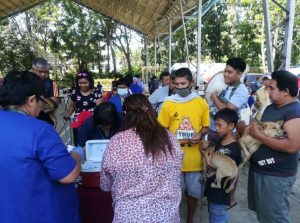
But there is a clear and present danger for both humans and their traditional bestfriend: A shortage of vaccines against rabies for both dogs and humans alike.
Deadly
In 2017, Davao City recorded 21 cases of rabies, an increase from the 2016 figure of 15 and 2015 figure of 12. This is based on the data from Zython Paul Lachica, an assistant researcher from the University of the Philippines Mindanao (UPMin).
Last 2018, the Davao City Veterinarians Office (CVO) focused on conducting house-to-house vaccinations and impoundings of dogs in Barangay Catalunan Grande, Talomo District, which registered the highest rabies cases in the city with 27 in total.
Other areas with a high number of rabies cases were Tugbok District (8), Toril (6), Buhangin (5), and Bunawan (5).
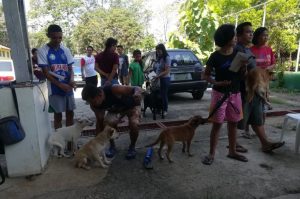
Davao City ranked second among the most number of human deaths in Davao Region for 2018 with five according to the data obtained from Department of Health (DOH) XI.
Compostela Valley ranked first with seven cases.
In 2017, Davao City only recorded one death, the lowest in six years while the highest is in 2014 with six cases.
DOH Regional Rabies and Control Program Coordinator Divene Hilario said they are still on the process of compiling data for 2019 but during the first quarter, they already recorded three human deaths in the entire region.
One year before the 10-year advanced target date of the national government to achieve zero rabies cases by 2020, concerned agencies say they have been exhausting all the means to end dog-mediated rabies. Or are at least trying.
In 2015, the World Health Organization (WHO) called for a global action to achieve zero rabies cases by 2030.
This is the first time that the WHO joined forces with the World Organisation for Animal Health (OIE), the Food and Agriculture Organization (FAO) of the United Nations (UN), and the Global Alliance for Rabies Control (GARC).

According to the data of WHO, approximately 59,000 humans in the world died from rabies every year.
Challenging
The CVO said it hoped to achieve the national goal to be rabies-free next year. One factor is the fewer number of vaccines that the Bureau of Animal Industry (BAI) distributed in every local government unit compared with those distributed last year.
CVO targets to vaccinate 70% of 150,000 estimated total canine population in the city this year however, the 700 vials that is equivalent to 7,000 dozes from BAI might not be enough according to CVO head Dr. Cerelyn Pinili.
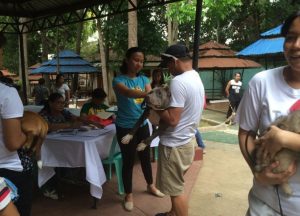
She also added that although the LGU has a P4 million budget allocated for the Rabies Control Program of Davao City in 2019, it would be better if BAI would grant extra vaccines to expand their vaccination coverage.
“For now, we have not used the vaccines from BAI since we still have available vaccines in our office but it would be better to have additional number of vaccines,” Pinili said.
They are also seeking an additional P1.5 million budget for vaccination this year to expand coverage and to mobilize their plan on conducting simultaneous house-to-house vaccination in all 182 barangays.
CVO expects city government to grant their request by the second quarter of 2019.
In an interview, Dr. Gay Pallar, focal person for CVO’s Rabies Control Program, said most of the barangays are willing to avail free vaccination.

However, due to limited resources, CVO cannot accommodate all barangays; Davao City has 182.
“For now, we are only prioritizing the areas with high incidence of rabies based on the laboratory examinations we conducted,” Pallar said.
CVO also emphasized responsible ownership especially in subdivisions where most owners tend to let their dogs roam freely.
CVO head Cerelyn B. Pinili said they captured stray dogs mostly in subdivisions in the areas of Talomo, Tugbok, and Buhangin districts.
“We’ve been doing everything but we cannot do it alone because owners should also do their part,” Pinili said.
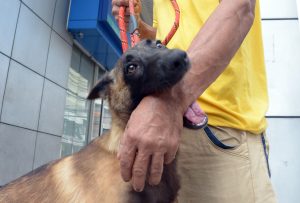
According to Pawsitivity, a Davao-based animal rights organization, aside from the efforts of the city government there are still more to do in order to totally eradicate rabies cases and to prevent the increasing number of stray dogs.
As a people, Filipinos tend to feed dogs like humans but treat them like burglar alarms, trustworthy of warning homeowners of strangers in the community. In the worst incidents, police respond to reports of abused dogs that have been tied up for days (or months) in the same location. Sometimes, dogs are usually allowed to roam without supervision.
Floyd Bascones, Co-Founder, The PAWSitivity Project Philippines, Inc., advised owners to engage their dogs in various socialization and mental stimulation exercises to prevent aggression which usually leads to biting.
“Owners should train them because dogs that lack mental and physical stimulation are overly aggressive,” Bascones said.
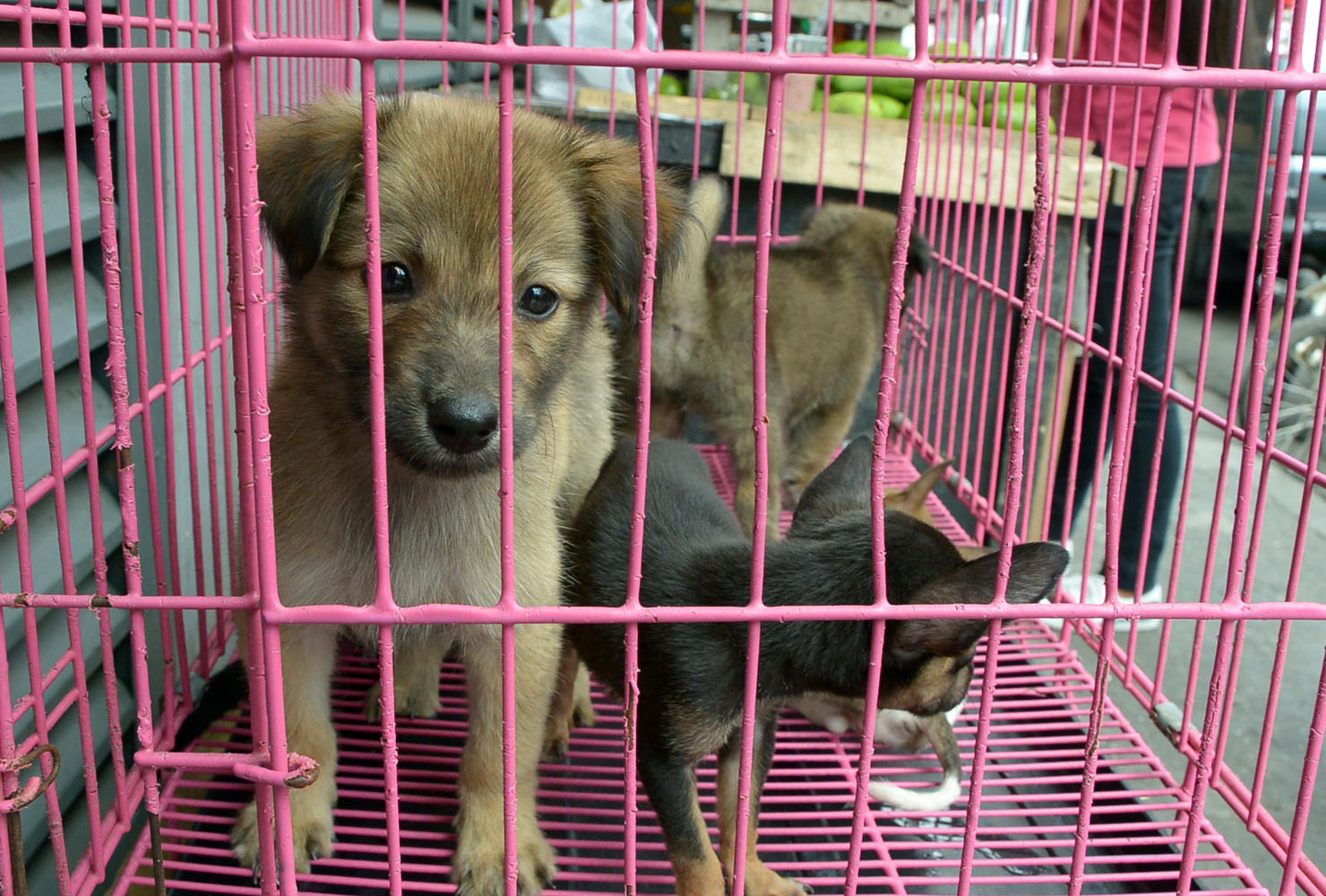
Pinili also added that once you decide to own a pet, they should be committed and financially capable enough to take care of them, from its food to its vaccination.
“If you can’t take care of your dog, then don’t own a dog,” Pinili warned owners. She also added that the entire problem on rabies cases all falls to irresponsible dog ownership.
One challenge faced by the city government and other concerned organizations to achieve zero by 2020 target is the topographical characteristic of Davao City.
“It is a challenge in Davao City because we are connected to other municipalities. At least tourists are well-regulated but it’s not like that for animals,” Lachica said.
Lachica is part of the team who’s currently finishing a study entitled “STOP Rabies: Synoptic Study on Transmission and Optimum Control to Prevent Rabies” funded by the Commission on Higher Education (CHED), in collaboration with UPMin, Davao Medical School Foundation, CVO, and CHO.
DOH sets a 1.5 target incidence rate of human rabies in every region. However, Davao Region still has halfway to go as incidence rate climbed to 3.0 in 2018 from 1.8 in 2017.
Meanwhile, it is somehow a relief that the number of animal bites in 2018 (44,670) is much lower compared to 2017 (58,581), 74% of which are dog bites.
The CVO has been coordinating with the Davao Quarantine Station of the Bureau of Quarantine to regulate the migration of dogs to the city to prevent the spread of rabies.
However, Pallar admitted that this wasn’t enough due to the lack of strict implementation.
“As of now, we try hard on ensuring shipping permits with vaccination cards to every dog owners who enter Davao,” Pallar said.
A death penalty
Last year, there were atleast 3,000 impounded dogs taken to the city pound in Ma-a.
Every day, there are about 15 to 20 impounded dogs and only 10% of the total monthly population of impounded dogs are claimed by owners.
After three days, unclaimed dogs are subjected to euthanasia or painless killing through injection as per City Ordinance No. 1457.
The planned P5 million impounding facility in Malagos is said to accommodate 150 dogs while the current city pound in Ma-a can only accommodate 100.
Despite a lack of facilities, CVO will not resort to mass killing of impounded dogs, according to the office.
However, they have submitted a draft IRR for the implementation of Ordinance No. 0171-14 or the “The Davao City Adopt a Dog (DAD) ordinance” on March 6 to the Committee on Health, chaired by Councilor Mary Joselle Villafuerte.
During the past committee hearings of the Committee on Health, CVO raised a suggestion to Villafuerte to limit two dogs per owner, an idea adopted from Singapore.
The idea alarmed pet lovers causing sudden outburst from netizens.




Thus, Villafuerte suggested it better to turn over the dogs to pet advocates after three days since they are more capable of taking care of strays.
She also stressed that there was no plan to limit the number of dogs adding that the Committee on Health will prioritize the “overall protection” of the entire dog population.
In an official statement of the PAWSitivity Project Philippines Inc., they expressed willingness to cooperate with the government.
“Any initiative from the government to uphold our animal welfare laws, promote responsible pet ownership and implement our adopt a dog ordinance to finally clear our streets off strays, empty our pound and eradicate Rabies thru a government and private sector/NGO collaboration.”
As it stands, Dabawenyos need to reexamine how it protects humans and dogs alike.
With a global shortage in vaccines, there’s a need to make sure the deadly virus is kept in check, before it bites us when we least expect it.
